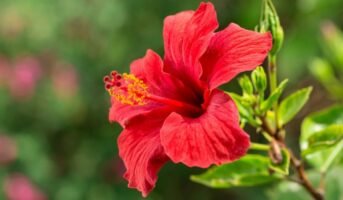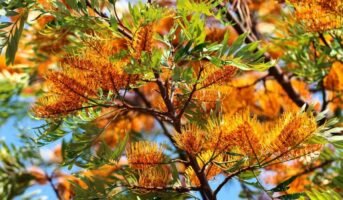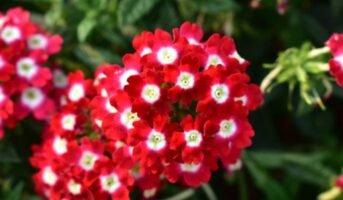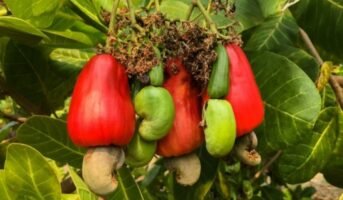The Hibiscus plant, also known as the Mandara flower, is an annual or perennial plant that grows in tropical areas and grows in full or partial sun. This plant species consists of over 200 species and many more cultivars. This plant family has flowers with a ton of different colours, like white, red, pink, yellow and orange. The Mandara is a tropical variant of the hibiscus species and grows trumpet-shaped flowers that grow up to 6 inches in diameter.
This plant is native to Asia and produces flowers round the clock. The downside is that each blossom can last only one day, and the cycle repeats.
Mandara flower: Key facts
| Scientific name | Hibiscus rosa sinensis |
| Common name | Chinese hibiscus, China rose, Mandara flower |
| Family | Malvaceae |
| Plant type | Shrub |
| Mature size | 4-10 ft. tall, 3-6 ft. wide |
| Sun exposure | Full sun with partial shade |
| Soil type | Moist, well-drained |
| Soil pH | Acidic |
all about Indian Flowers
Mandara flower: How to grow?
The Mandara flower is a wonderful plant that has its cultivars all over the world. The care and growing process for each variant of the Mandara flower vary slightly.
The Mandara flower loves bright conditions, especially in the northern climates, where full sun is the best. In the south, where the heat is more intense, indirect sunlight is better. At times you may notice that your plant isn’t blooming enough, which would be due to the plant’s lack of sun.
If potted indoors, place it near a sill and let it soak indirect sunlight and keep it away from direct sunlight. When summer arrives, keep the plant outdoors and let it get used to the heat for a while.
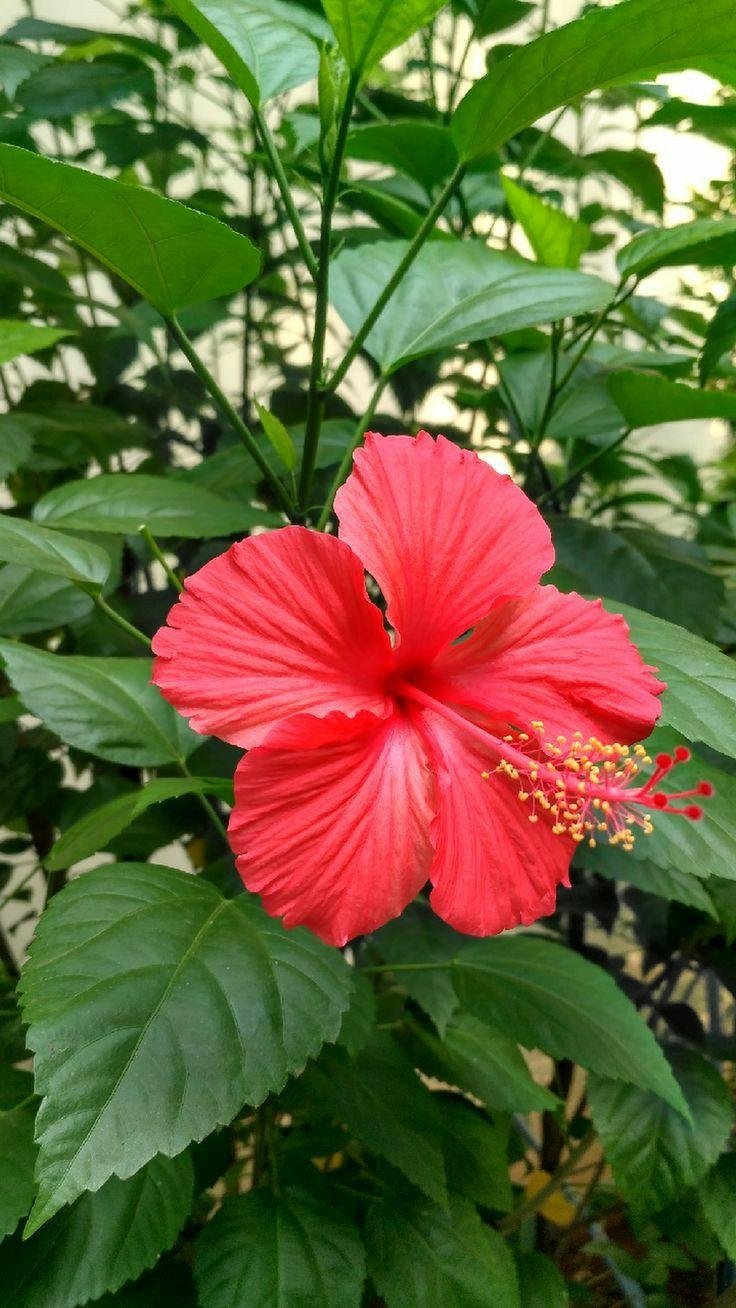
Source: Pinterest
Hibiscus flowers love well-drained soil that is moist and fertile. Select a soil that is slightly acidic. One more thing to note is that the colour of the flower is also dependent on the acidity of the soil. In dry conditions, mulching around the base of the plant can help with moisture retention.
Keep the Mandara plant moist, and if placed indoors, water it regularly from spring to early autumn and reduce the rate of watering during its dormant phase. If growing in containers, make sure that the top one inch of the potting mix is dried out fully before watering again. Make sure the bottom of the pot has enough holes for drainage.
The hibiscus thrives in temperatures ranging from 60-90 degrees Fahrenheit but is tolerant of temperatures as low as 20 degrees Fahrenheit. Bring the container-grown plant indoors when the temperature drops below 30 degrees Fahrenheit.
Mandara flower: Maintenance
The hibiscus plant should be fed fertilisers with high nitrogen and potassium content to ensure healthy, abundant blooms with good colour. Natural organic fertilisers like fish emulsion and seaweed extract can be used too. Feed half-strength solution before the start of the blooming period and continue for the rest of the blooming period until the end of flowering, once every 2-3 weeks.

Source: Pinterest
Hardy hibiscus should be pruned every winter by cutting off dead flowers and damaged branches.
Pests and diseases
While there aren’t any alarming diseases to be cautious of, there are a few types of pests you should be concerned about; pests like red spider mites and aphids. These can be prevented by regular cleaning or insecticidal soaps.
Mandara flower: Uses
The hibiscus plant has a ton of medicinal and culinary uses. The parts of the flower are extensively used to make Karkade, which is a popular drink in Egypt. Different parts of the plant are used for making products like soups, jams, spices etc., and the flower is also used as a food colouring and flavouring substance.
Medicinal benefits include treatment of loss of appetite, heart issues, colds, nerve diseases, respiratory problems, reducing inflammation, fluid retention, dehydration, etc. It is also used as a laxative in many regions and has been known to increase urine flow.
Hibiscus is also used in various teas to add aroma and flavour or enhance the look too.
FAQs
Is deadheading necessary to make the flowers bloom?
Deadheading is helpful to help enhance the look and blooming of the plant, but not at all necessary.
How long does it take for hibiscus to grow from seedling to blooming?
The Mandara flower plant can take 2-3 years to achieve full bloom.
Housing News Desk is the news desk of leading online real estate portal, Housing.com. Housing News Desk focuses on a variety of topics such as real estate laws, taxes, current news, property trends, home loans, rentals, décor, green homes, home improvement, etc. The main objective of the news desk, is to cover the real estate sector from the perspective of providing information that is useful to the end-user.
Facebook: https://www.facebook.com/housing.com/
Twitter: https://twitter.com/Housing
Email: [email protected]

